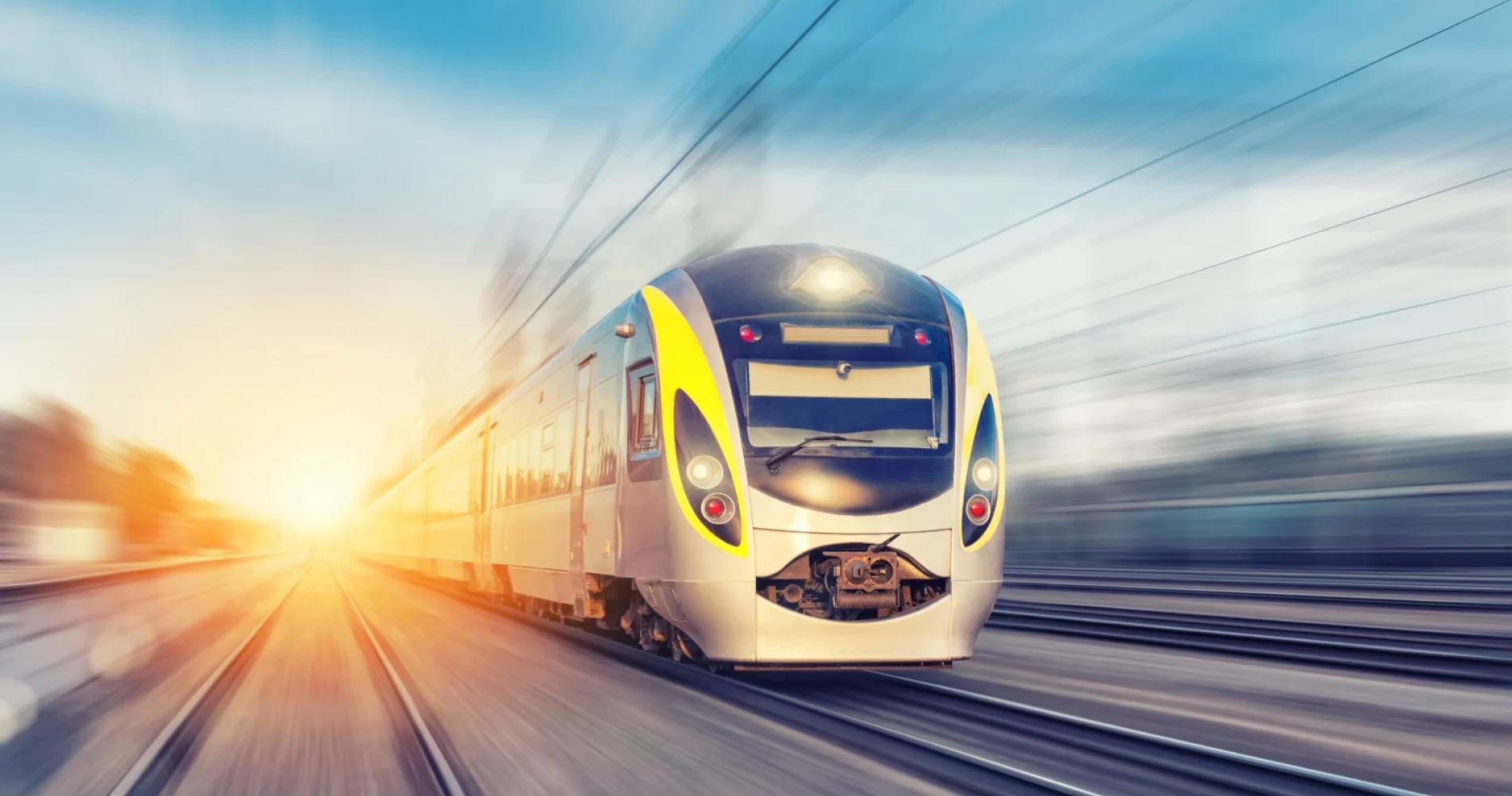There is nothing quite like riding the rails, a wonderfully unique experience because their rhythms are in sync with those of our lives.
There is nothing quite like riding the rails, a wonderfully unique experience because their rhythms are in sync with those of our lives. Trains are “…alive with things that should be seen and heard. It’s a living, breathing something,” to quote author David Baldacci. Beyond the evocative images and nostalgia for a bygone age, railways are a vital artery of commerce and an important way to connect people. They are an efficient way to transport millions of passengers and goods across countries and continents. Best of all, trains are increasingly eco-friendly, promoting economic growth while cutting greenhouse emissions. But there is a significant challenge to this mode of public transportation: safety.
Train Stations Increasingly Vulnerable
Railway operators today are grappling with a growing list of challenges. Every year, approximately 2,100 North Americans are killed or seriously injured around tracks and trains. In the United States alone, a person or vehicle is hit by a train every three hours. Those alarming numbers are not limited to the US. The current insecure state of railway infrastructure in many African countries is undermining the potential of rail systems to play a more vital role in contributing to economic development. And while there are many natural incidents that railways must contend with, operators also need to address national and international security hazards. Security threats fall into three categories: intrusion, theft, or terrorism. To keep passengers and freight safe, rail organisations must prioritise safety and security by embracing and implementing innovative technologies.
Why Are Railways So Difficult to Secure?
The main challenge to securing railway infrastructure is its vastness and openness, with more access points than airports. Rail cars need to be secured while being able to make frequent stops, keep to a schedule, maximise accessibility and maintain affordability. In response, technology is rising to the occasion. CCTV cameras, long-range surveillance systems, highly stabilised micro gimbal systems, short-range observation systems, portable radar and multi-sensor capabilities are starting to close the observation gap. Yet there is a crucial component missing from many of these new-fangled tools: integration. Optimal surveillance is only possible if a railway operator is empowered to counter specific, rapidly evolving threats and hazards. But while train operations have traditionally taken a reactive approach to securing infrastructure, this is no longer necessary or even advisable since a properly integrated system can provide much more effective prevention-oriented solutions.
All-In-One Security Solution
Recognising that integrative technologies are the key to keeping millions of passengers who rely on trains safe, as well as the best way to secure cargo, companies have begun to take a more comprehensive approach to railway infrastructure. A leader in this field is Beesense Systems, an Israeli company specialising in electro-optics systems and customisable multi-sensor surveillance solutions. Beesense’s unique platforms integrate advanced communication protocols and AI-based data analytics & machine learning. These systems can deliver thermal imagery, radar and data fusion technologies that provide high-performance intelligence and surveillance solutions. As a result, the Beesense 24/7, ruggedised 360-degree approach successfully secures every aspect of a train ride, from boarding to disembarking.
Securing the Path to Economic Growth
Previous terror attacks on commuter trains in London, Madrid, Paris, Tokyo, and Brussels highlight the need for a more agile, effective way to secure railways. However, less well-known instances of banditry on trains across Africa and other developing parts of the world have likewise caused mass casualties and terror along major public transport corridors. For people living in these countries, rail is one of the safest, most cost-effective ways to reliably commute to the urban centres where most employment opportunities are to be found. Indeed, in recent years, governments across Africa have invested billions of dollars and thousands of miles of track into rail projects. The hope is that these initiatives will enhance economic development by providing better access to jobs and services. And with passenger and freight traffic combined expected to double globally by 2050, it is more critical than ever to protect rail infrastructure.

